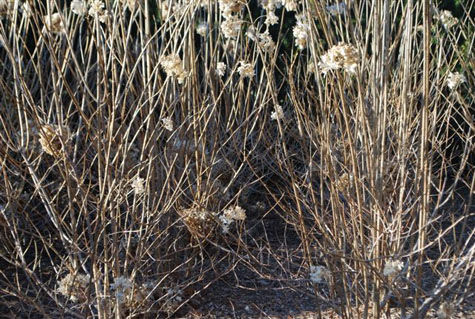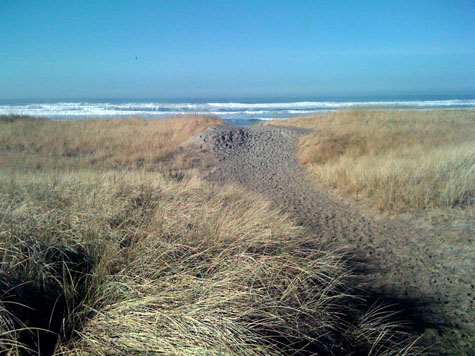
Later I would discover there were other kinds of dirt besides my home dirt. A visit to a beach was a marvel. This gritty, non-stick dirt, wholly unlike my home dirt, was restricted to two colors-wet and dry, and bore little resemblance to my home hardpan with its various greasy shades of brown, rust and blue.
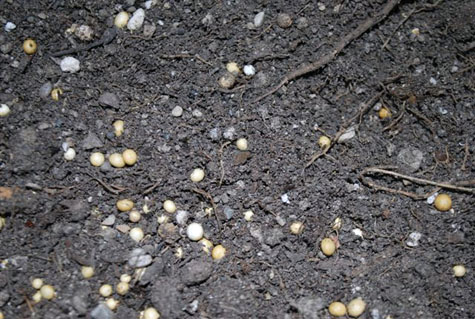
The farmyard dirt at the children’s zoo was pungent, fumy. The spongy dirt of a cedar forest floor gave way underfoot; the prints left behind gleaming with water brought to the surface.
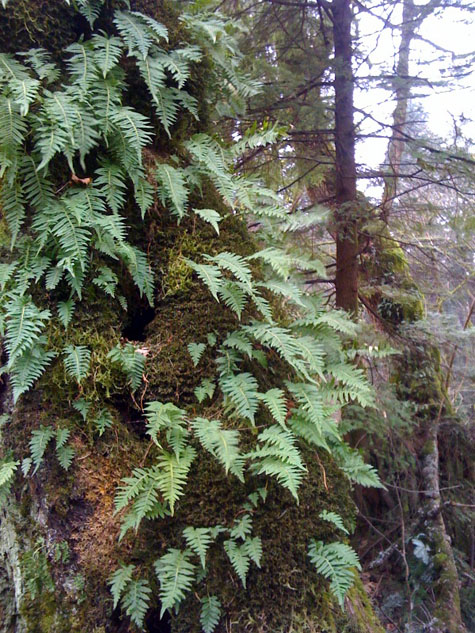
The dirt in a vineyard seemed not at all like dirt, but like little rocks, and rocks smaller yet.
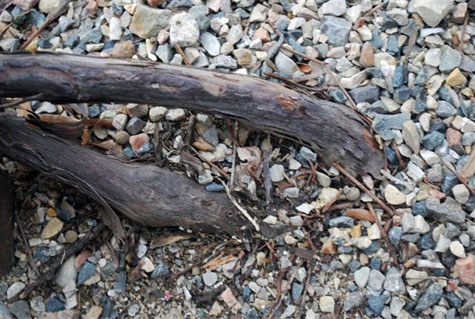
Later than this, I would make the connection between dirt and life, that healthy soil was full of worms and other living creatures. My erroneous assumption that the grass around my ranch house in suburban Detroit was a blanket to keep the dirt out of the house was actually a medium supporting life- a mildly shocking discovery. More shocking was the discovery that there are people who feel at home with dirt, and others who assiduously avoid it. There were gardeners, and non-gardeners. Now that I am much older, I realize that even those people who do not garden, who do not love dirt as I do, can love, appreciate and respect the beauty of a garden. We get along fine.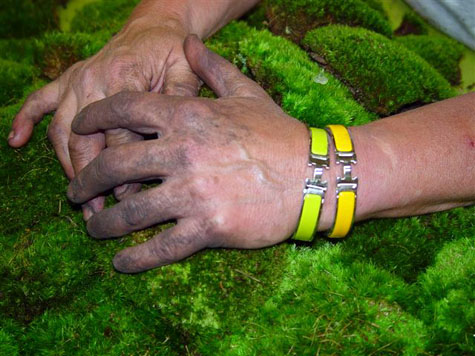
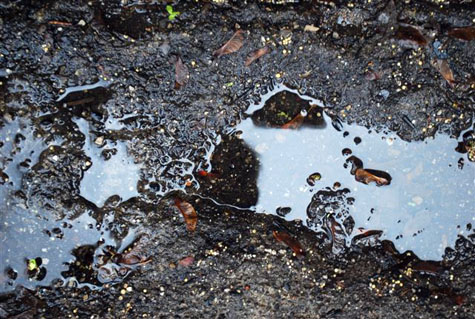
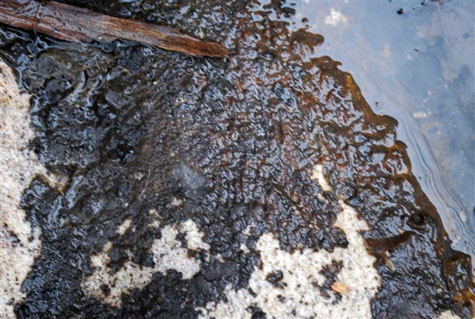
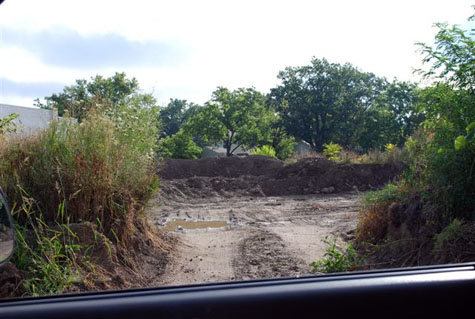 Breaking through thin ice sitting in the bottom of a basement excavation was my first introduction to the notion that nature had its dangerous side, and why adult people build shelters. A pounding rain would make puddles and pools, then lakes; finally there would be rills, gullies and the like; the water would run . I learned to make water run myself. At the first sign of spring thaw, I would be breaking through the ice dams so the water would run- an experiment with gravity and grade that would go on until I was too soaked and cold to keep tinkering with my routes. Walking on frozen winter dirt made as good a sound as rubber boots lifting off spring mud. The frost coming out of the ground heaves it up, changing its shape and texture. The sun drying it out left it cracked, and virtually impervious to re-soaking. Snow covers it up-what a relief to see dirt visible again after months of winter white. The wind turning heavy clods of dirt to clouds of dust is as much a natural wonder as water becoming ice, or ice subliming. I have a particularly clear memory of a very cold fall day, cleaning up a garden. At lunch time, I forked out a hole just big enough for me in the compost pile. My compost cave exuded a moist fierce heat-a perfect garden moment I have never forgotten.
Breaking through thin ice sitting in the bottom of a basement excavation was my first introduction to the notion that nature had its dangerous side, and why adult people build shelters. A pounding rain would make puddles and pools, then lakes; finally there would be rills, gullies and the like; the water would run . I learned to make water run myself. At the first sign of spring thaw, I would be breaking through the ice dams so the water would run- an experiment with gravity and grade that would go on until I was too soaked and cold to keep tinkering with my routes. Walking on frozen winter dirt made as good a sound as rubber boots lifting off spring mud. The frost coming out of the ground heaves it up, changing its shape and texture. The sun drying it out left it cracked, and virtually impervious to re-soaking. Snow covers it up-what a relief to see dirt visible again after months of winter white. The wind turning heavy clods of dirt to clouds of dust is as much a natural wonder as water becoming ice, or ice subliming. I have a particularly clear memory of a very cold fall day, cleaning up a garden. At lunch time, I forked out a hole just big enough for me in the compost pile. My compost cave exuded a moist fierce heat-a perfect garden moment I have never forgotten.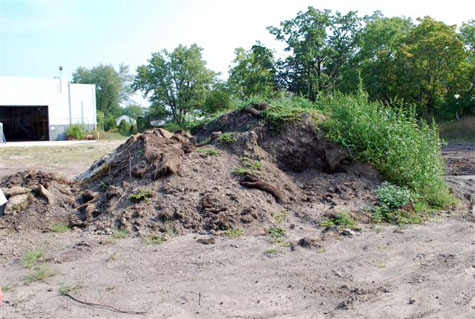
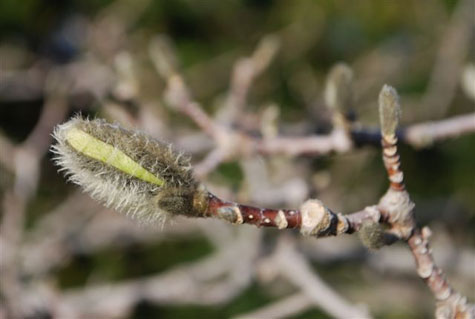 Only a gardener, obsessed for the first sign of spring, would in their next breath complain about inordinately warm temperatures! 71 degrees in Michigan, March 17, is too very warm. Daffodils and crocus shoot up as though shocked by a bolt of electricity. An unknown dwarf magnolia in my yard has every fuzzy hair on every bud, standing at attention. This makes me cringe-I am well aware that Michigan has snow and very cold temperatures well into April. Devastating-the sight of frost-browned spring flowers.
Only a gardener, obsessed for the first sign of spring, would in their next breath complain about inordinately warm temperatures! 71 degrees in Michigan, March 17, is too very warm. Daffodils and crocus shoot up as though shocked by a bolt of electricity. An unknown dwarf magnolia in my yard has every fuzzy hair on every bud, standing at attention. This makes me cringe-I am well aware that Michigan has snow and very cold temperatures well into April. Devastating-the sight of frost-browned spring flowers.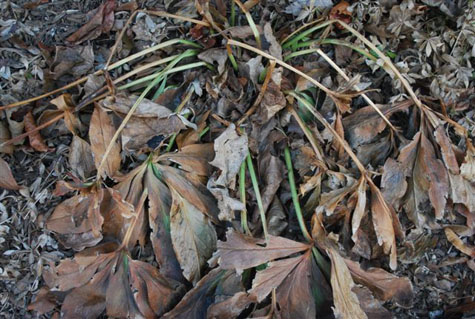 March, and into April, is the worst part of our gardening year. Meaning, this time of year features the best of the worst that can be. You can spend a weekend raking, and in four days there is no trace you were ever there. Brown is still the dominant feature. Unless you have designed your landscape to bridge the seasons, all that brown can beat you down.
March, and into April, is the worst part of our gardening year. Meaning, this time of year features the best of the worst that can be. You can spend a weekend raking, and in four days there is no trace you were ever there. Brown is still the dominant feature. Unless you have designed your landscape to bridge the seasons, all that brown can beat you down.